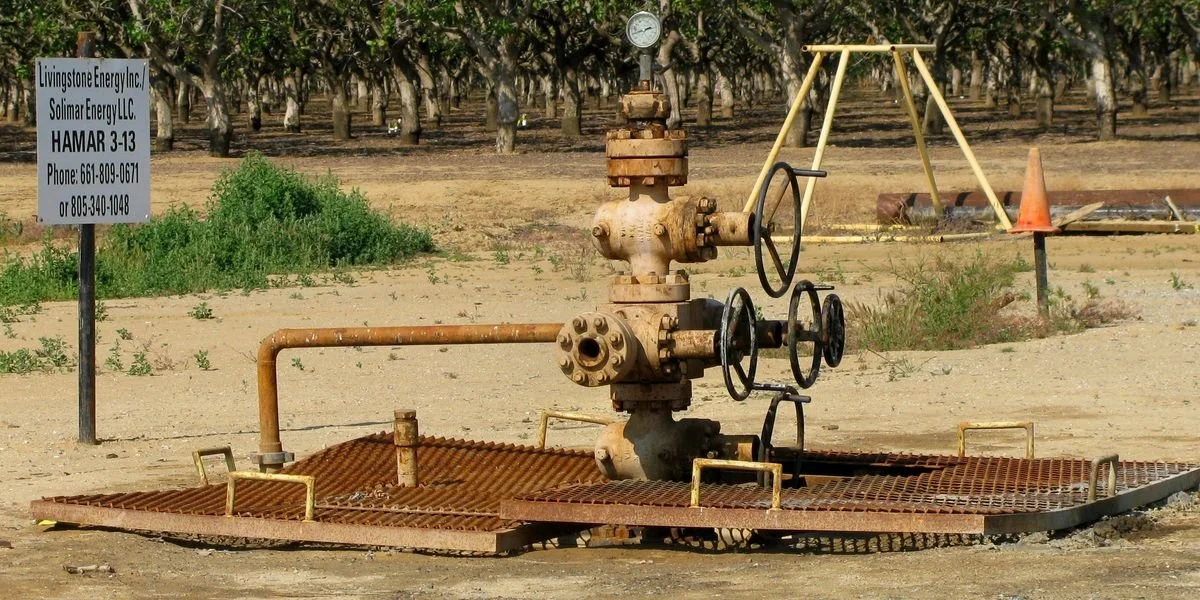By: Stephano Pascali and Alexander Goleszny
So, you want to build some natural gas wells? Sounds profitable! Let’s quickly go through how you can make some money with your newfound passion. The first thing you should know is that natural gas is an extremely precarious compound to extract from the ground. Even after you find gas deep below the earth’s surface, the process of digging a well is not exactly straightforward. It is very delicate, and if you mess up in any way, the surrounding ground and water will be significantly contaminated. Once this is all done, you have yourself a wonderful gas well, expected to kick back cash for the next 30 years. After which, you’ll need to spend some money to cap the well (at least according to US regulations) so that it doesn’t continue to spew methane into the atmosphere. But you wouldn’t want to do that, especially if you’re a large well-capitalized oil company...
The issue is that as your wells get closer to that 30-year mark, the capping expense, which was once a cost 30 years out, becomes much more real as its present value grows. So real, in fact, that there comes a point in time where the asset (value of extractable gas left in the well) becomes eclipsed by the liability (cost of capping the well after its useful life). In theory, this would mean that you would have to pay the buyer of a well to acquire it. Unless, of course, the buyer is a company like Diversified Energy that wouldn’t have to pay back the liability for a much longer period, or at all. In that case, the well would be worth close to the full value of the asset to the buyer, and you could sell it for much more than it is worth to you. This cost-saving (at the sake of the environment) could be pretty significant.
Diversified Energy Co.
Diversified Energy Co. is the largest owner of gas wells on US soil, dwarfing the likes of Exxon and Chevron. It has made a name for itself by acquiring essentially dead wells and claiming to be able to extract gas from them for many more years. By doing this, it can extend the capping liability so far into the future that it is virtually worthless at the time of purchase. This means that it is willing to buy wells for much more than they are currently valued. In 2018, Diversified bought a portfolio of wells from CNX Resources Corp. CNX had a listed cleanup liability of $197M for these wells, Diversified put the liability for these same wells at only $14M.
What is even more startling is the fact that Diversified Energy maintains a dividend, even though its ability to pay for future capping expenses has been put into serious question. It seems that this company may never plan on capping most of its wells, and when the regulatory agency asks it to, it will claim to be able to further extend the life of the well. If the regulatory agency would press a company on this matter, it could simply point to its mess of a balance sheet and claim it lacks the funds to cap any of its wells.
This has led to hundreds of thousands of wells across the United States being left abandoned, orphaned, continually emitting methane gas into the atmosphere. More importantly, though, they have no owner to cap them and clean them up, forcing the government to spend billions of dollars doing what oil companies should have done themselves.
These orphaned wells could be considered a modern-day rendition of Annie, if Annie spewed methane gas into the atmosphere and her bankrupt parents forced the government to shell out billions of dollars to fix the problem they created.

